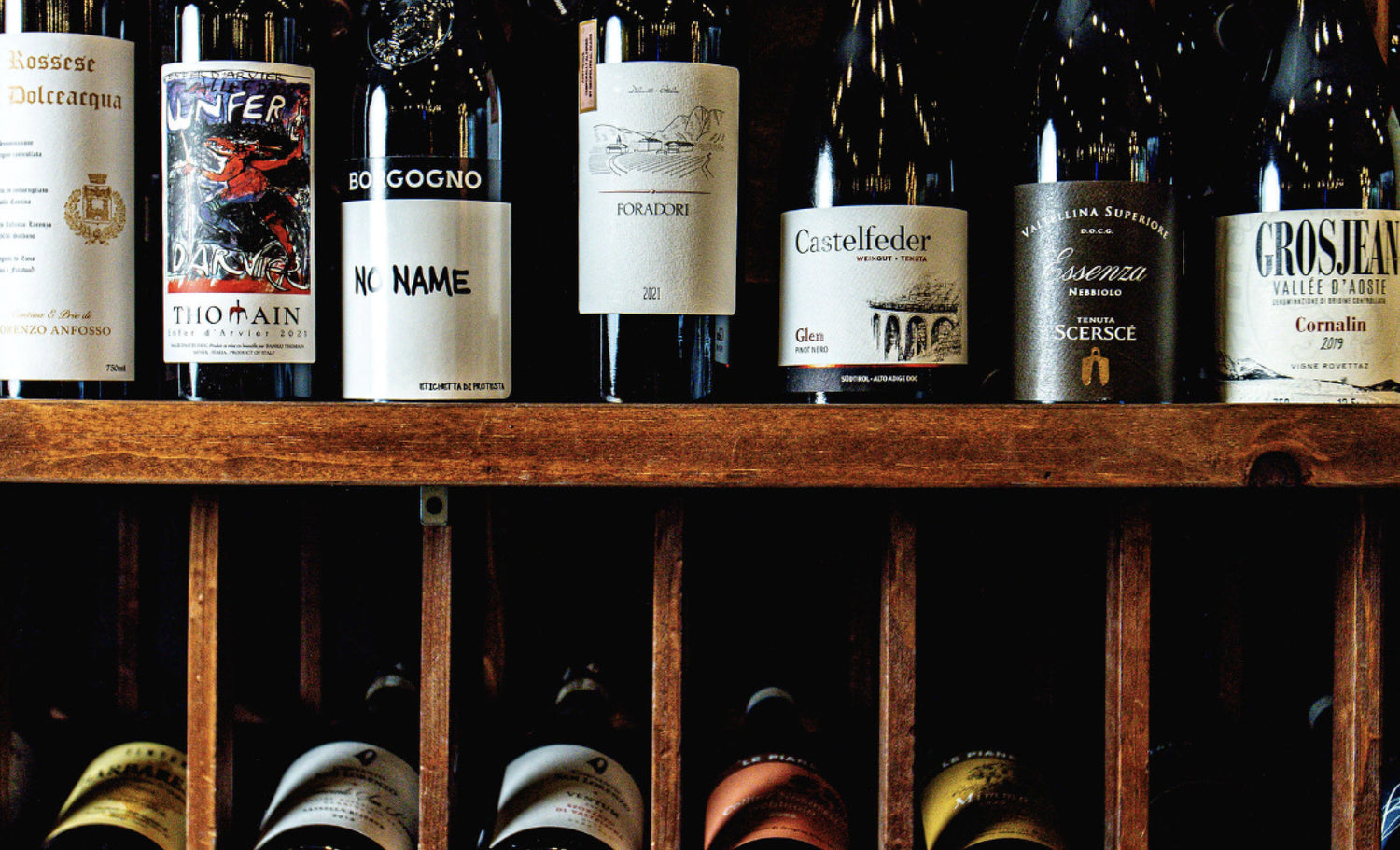From our importer: In 2004, Piero Incisa della Rocchetta purchased the first of Bodega Chacra's vineyards, a property with an existing, though abandoned, vineyard planted in 1932 in the Rio Negro Valley in northern Patagonia. This vineyard of gnarled and ungrafted Pinot Noir vines was later added to a neighboring vineyard of vines planted in 1955. With these old vineyards, ostensibly in the middle of nowhere, Piero has created a winery that exists outside of the usual New World vs. Old World debate and is redefining what is possible with Pinot Noir (and now Chardonnay with the help of Jean-Marc Roulot) in the Southern Hemisphere.
Bodega Chacra is located in the Rio Negro Valley of northern Patagonia. The property's location in the arid central Argentine desert is tempered by the confluence of the Neuquen and Limay Rivers, both of which flow from the Andes and converge in the Rio Negro, which in turn flows into the Atlantic.
The climate is dry, with a maximum humidity of thirty percent and an average of seven inches of rainfall annually. This aridity, coupled with the natural barrier of the surrounding desert, results in a complete absence of phylloxera and vine diseases.
The soil of the Rio Negro Valley, an ancient riverbed composed of limestone, sand, and clay, coupled with the Valley's pristine pollution-free air and tremendous luminosity, make for ideal conditions to grow Pinot Noir.
The team at Chacra understands farms as complex living organisms and approach agriculture with a focus on the balance between overall development and the relationship between soils, plants and animals to maintain a system of self nutrition, avoiding extrinsic intervention whenever possible and keeping in mind that any food exiting from the estate represents a loss of its nutrients.
Artificial fertilizers and toxic pesticides and herbicides are categorically prohibited. Biodynamic agriculture’s uniqueness lies in the use of vegetable and mineral preparations that are added to compost and aerosols for the land, as well as in the use of a sowing and planting calendar based on the movement of the stars.
Eric Asimox for The New York Times: “The flat, dry Río Negro Valley on the northern end of Patagonia won’t strike anybody as a glamorous wine region. For one thing, apple and pear orchards, along with platoons of poplar trees, far outnumber grapevines. For another, the restaurants, hotels and the usual camp followers of the winemaking life are nowhere to be found.
But glamour did not draw Piero Incisa della Rocchetta to the Río Negro. The old pinot noir vines did, along with promising soils, a sparkling climate and a dream of creating a self-sustaining wine estate the way his grandfather the Marchese Mario Incisa della Rocchetta did in Italy 50 years ago. The marchese created Sassicaia, a paradigm-breaking cabernet blend that proved greatness could be achieved in Bolgheri, on the Tuscan coast.”
Starting with the 2017, Bodega Chacra opened a new chapter in their winery’s history. Piero, in partnership with Jean-Marc Roulot of Domaine Roulot in Meursault, began producing Chardonnays alongside his Pinot Noirs.
Sin Azufre is a handcrafted personal project by Piero himself. It is an experiment of making wine without science, using only the eyes, nose, palette, and reasoning as tools. These organic and biodynamic grapes are harvested from a special section of the Cincuenta y Cinco vineyard. In 600L barrels, the fermentation begins spontaneously on day 3 to 5 of maceration. At the end of the fermentation cycle (usually 15 to 21 days), the must is placed in used barriques for 11 months, without the inclusion of pressed wine. Sin Azufre characteristics are soft, balanced, lively, transparent, and extremely energetic with pronounced minerality and well integrated soft tannins. Pairs universally.

 Poultry
Poultry
 Smoked Foods
Smoked Foods
 Grilled Foods
Grilled Foods


